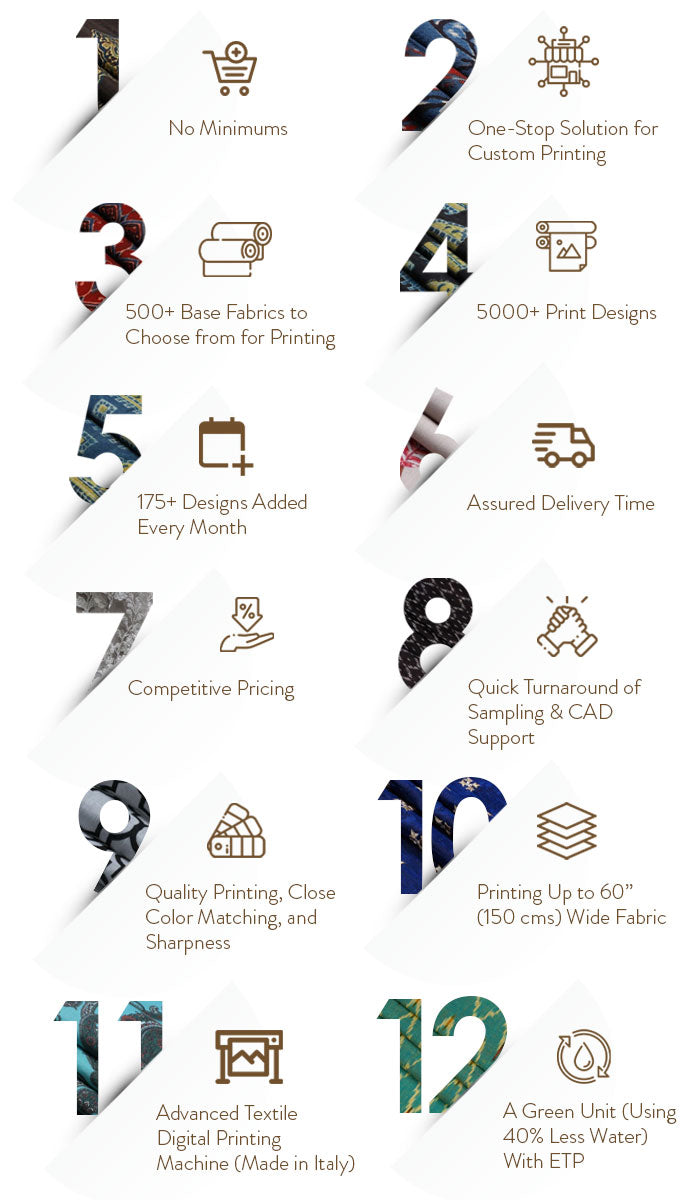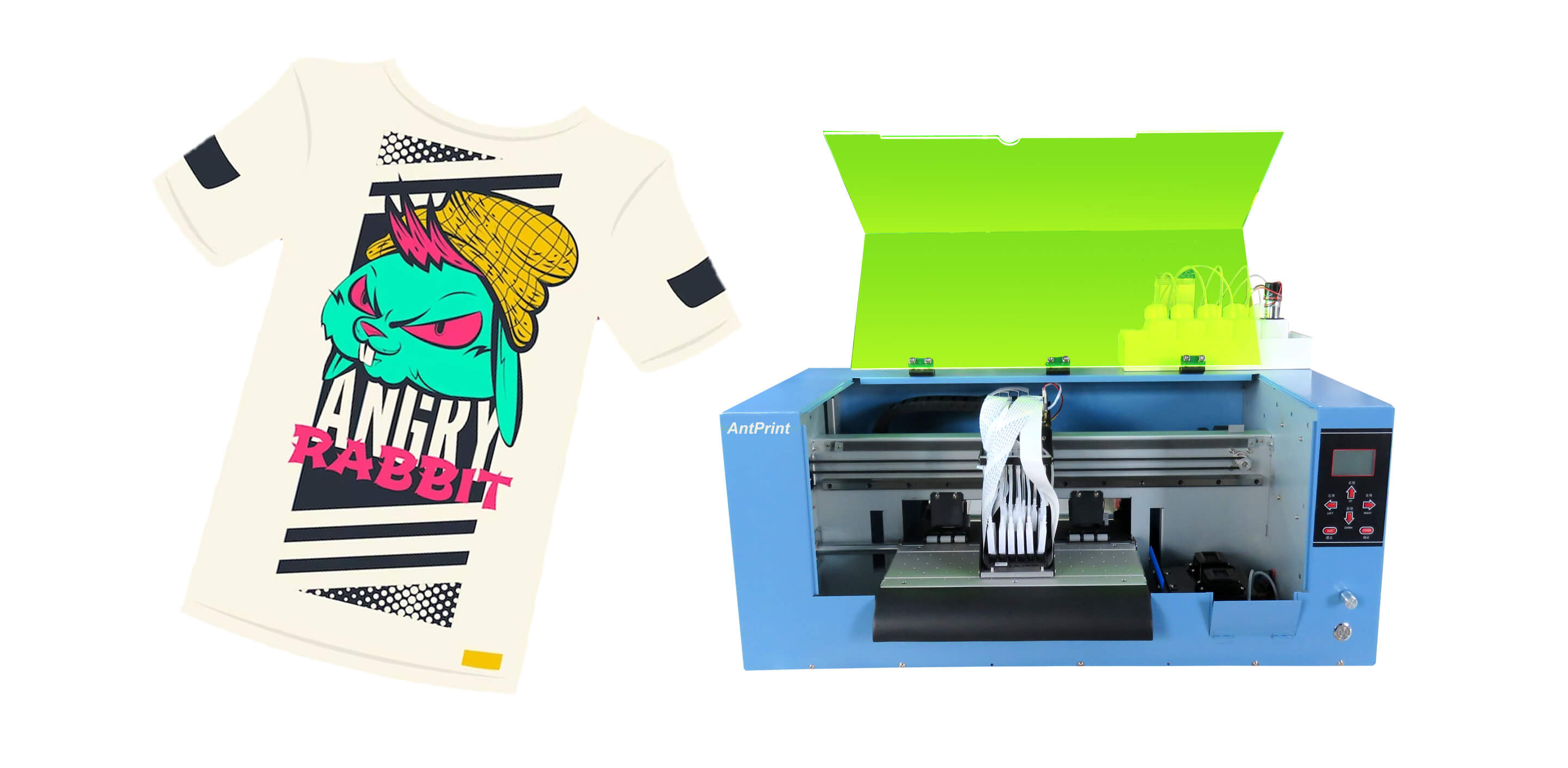The Future of Advertising Materials: Advancements in Digital Printing
As the advertising landscape continuously progresses, electronic printing is arising as a transformative pressure, positioned to redefine typical practices. The shift from basic to individualized products, driven by technological innovations, promises to revolutionize brand-consumer relationships. However, this transition is not without its complexities and challenges. It beckons an exploration into the cost-effectiveness, sustainability, and total performance of electronic printing in modern advertising techniques.
The Change From Standard to Digital Printing in Advertising
As the world promptly transitioned right into the digital age, the landscape of advertising and marketing experienced a substantial change from typical to electronic printing. This transition was driven by a myriad of variables, consisting of the requirement for more individualized, targeted advertising products, along with the need for speed and performance in production. Typical printing techniques, with their lengthy turn-around times and limited modification choices, were no longer sufficient in the fast-paced globe of electronic advertising. Digital printing emerged as a remarkable alternative, using unprecedented degrees of versatility, speed, and customization. Its ability to generate premium prints basically periods, combined with its capacity for on-demand printing, reinvented the advertising and marketing market, rendering typical methods outdated.
The Technological Developments Driving Digital Printing Technology
While the advantages of electronic printing have stimulated its fast adoption, it is the continuous technical innovations that are genuinely driving development in this field. These technical improvements are not only enhancing the capabilities of electronic printing however also improving the way organizations approach their advertising approaches.
The Effect of Digital Printing on Marketing Approaches
The advent of electronic printing has actually dramatically transformed traditional advertising and marketing techniques. This technology not just enhances brand name visibility in the electronic realm but likewise uses cost-efficient remedies for businesses. The succeeding areas will certainly further check out how digital printing is transforming the advertising and marketing landscape.
Changing Conventional Marketing Approaches
Digital printing has actually stormed onto the advertising and marketing scene, considerably shifting the trajectory of traditional approaches. It has paved the method for very personalized, targeted campaigns. Unlike standard printing, which calls for bulk orders to be affordable, digital printing enables affordable short runs and speedy turn-arounds. This flexibility, combined with the capacity to change styles in real-time, makes it possible for businesses to respond quickly to market changes. Moreover, electronic printing's top quality production enhances the visual charm of marketing materials, producing a stronger perception on consumers. The combination of QR codes and increased reality through digital printing additionally supplies an interactive experience, merging the physical and electronic worlds. Hence, digital printing is revolutionizing traditional advertising and marketing methods, driving much more dynamic, receptive approaches.

Enhancing Brand Name Exposure Digitally
As advertising techniques quickly progress, electronic printing has arised as a powerful tool for enhancing brand visibility. This innovation has actually rejuvenated the means services reach their target market. Digital printing enables customization, making it possible for brand names to tailor their marketing materials to specific consumer segments. This customization enhances interaction and cultivates a more powerful link between the consumer and the brand name. In addition, electronic printing facilitates the manufacturing of vivid, high-quality photos that stand out and stimulate interest. The immediacy of digital printing likewise permits quick adjustment to market modifications, guaranteeing that marketing products stay current and pertinent. Therefore, digital printing is not just a technical innovation, however a strategic method for services aiming to optimize their brand's presence in the digital age.
Cost-Efficiency of Digital Printing
Beyond boosting brand exposure, electronic printing additionally considerably effects marketing techniques via its cost-efficiency. Unlike traditional printing techniques that include countless steps and materials, digital printing needs much less arrangement time and resources, resulting in a reduction in general prices. It permits for on-demand printing, thereby eliminating the need for bulk orders, storage, and waste from unsold materials. It supplies the adaptability to customize prints to details target market, lowering prices connected with wasted advertising. Additionally, the top quality result of electronic printing improves the charm of advertising materials, potentially enhancing customer conversion rates and sales. Thus, the cost-efficiency of electronic printing can considerably enhance advertising and marketing techniques, adding to a much more reliable and successful advertising campaign.
Cost-Effectiveness and Performance of Digital Printing
The innovations in electronic printing have not only changed the market look at this site however likewise produced considerable cost-effectiveness and performance. print on demand. Decreased prices of production, enhancing organization operations, and sustainability are essential facets of this transformation. An expedition of these variables will supply a thorough understanding of the economic and operational benefits electronic try this out printing deals

Minimized Expenses of Manufacturing
Significant developments in electronic printing technology have notably decreased production costs, paving the way for a more cost-efficient and reliable process. Digital printing permits the production of small to medium print runs economically, eliminating the need for large initial print quantities. Electronic printing uses the advantage of on-demand printing, which lowers inventory prices.
Streamlining Organization Workflow

Sustainability in Digital Printing
Including sustainability into service practices has become increasingly essential, and digital printing is no exception. With its cost-effectiveness and effectiveness, digital printing provides a much more sustainable service contrasted to typical techniques. Digital printing enables for the news usage of naturally degradable inks and recycled products, contributing to a circular economic climate.
Situation Studies: Successful Implementation of Digital Printing in Marketing
Ever questioned how digital printing has significantly transformed the landscape of advertising? To individualize their product, Coca-Cola carried out digital printing to replace the typical logo with the most prominent initial names. Undoubtedly, these instance studies demonstrate the transformative power of electronic printing in advertising.
The Prospects and Difficulties of Digital Printing in Future Advertising And Marketing
Mirroring on these situations, it ends up being clear that the capacity of digital printing in marketing is immense. While electronic printing uses interesting prospects for the future of marketing, these difficulties have to be resolved. Stabilizing development with ethical factors to consider will certainly define the path onward for electronic printing in the advertising landscape.
Conclusion
Finally, electronic printing is reinventing the advertising landscape with its customizable and cost-effective remedies. Technological advancements are fuelishing this change, making it possible for brands to attach on a much deeper level with customers. Despite potential obstacles, the potential customers of electronic printing are appealing, offering eco-friendly practices and enhanced customer engagement. As this advancement unfolds, it is evident that electronic printing is poised to redefine the future of advertising and marketing materials.